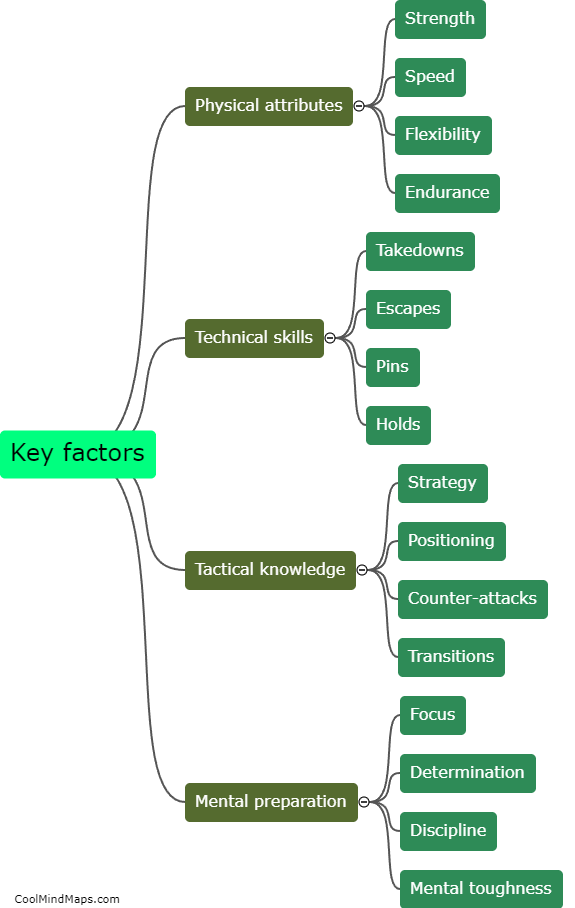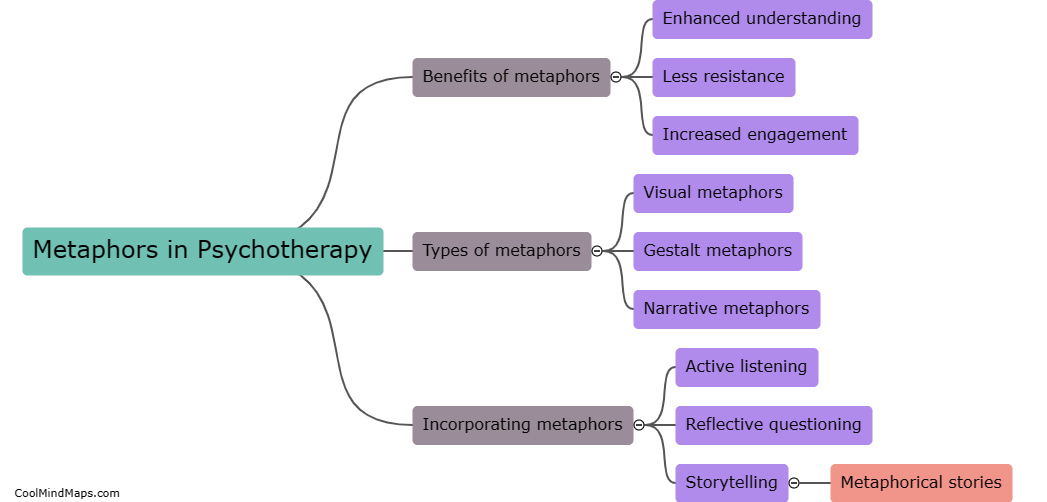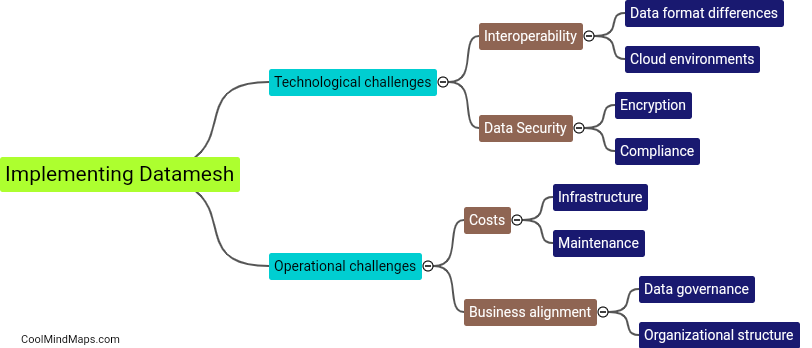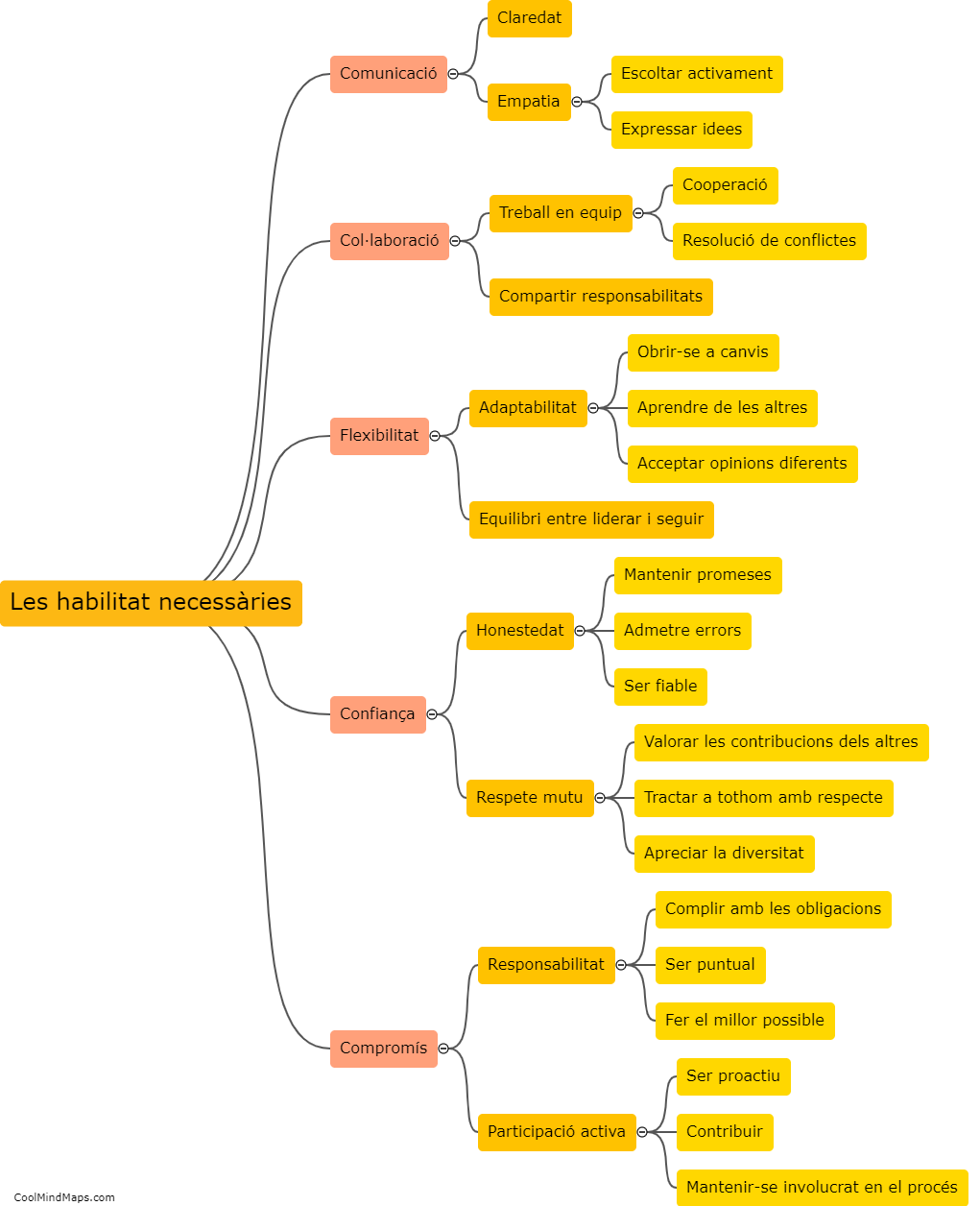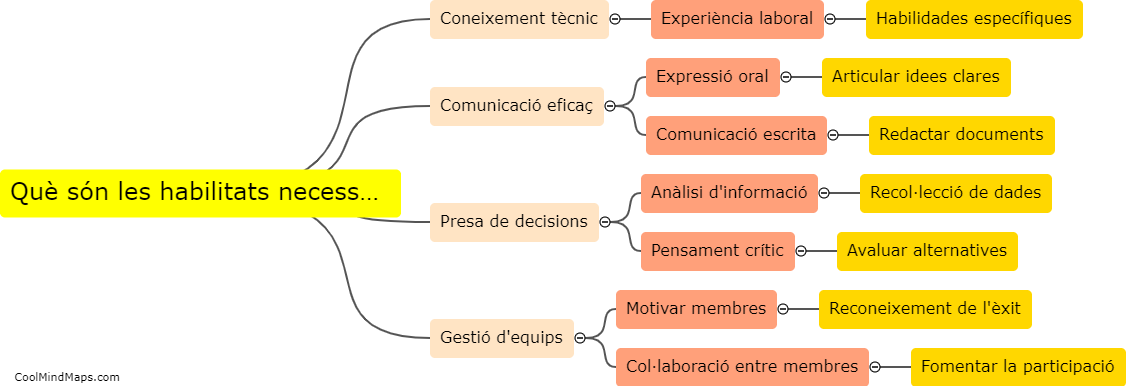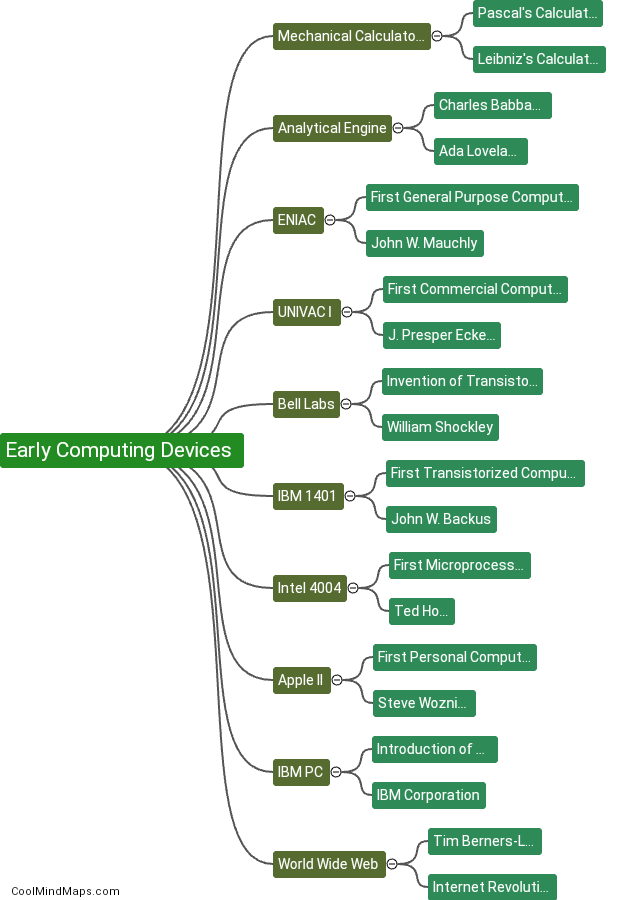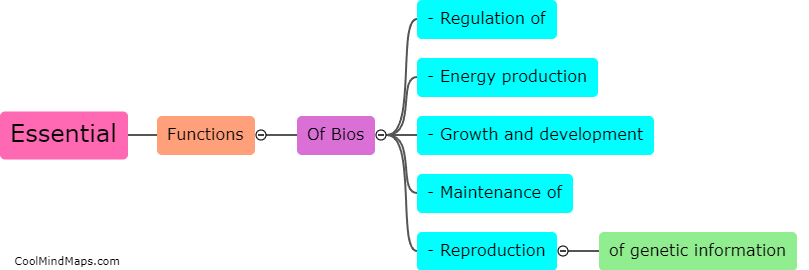What are the types of cache memory?
Cache memory is a small and fast memory that is used to improve the performance of the computer system. There are primarily three types of cache memory: L1 cache or Level 1 cache, L2 cache or Level 2 cache, and L3 cache or Level 3 cache. L1 cache is the smallest and closest to the CPU, typically consisting of separate instruction and data caches. It stores frequently accessed data and instructions for fast retrieval. L2 cache is larger and slower than L1 cache but still helps in reducing the CPU's wait time. It acts as a middle ground between the CPU and main memory. L3 cache, found in some high-end processors, is larger and slower than L2 cache and is shared among multiple CPU cores. It helps in improving multi-core performance by reducing data transfer between cores and main memory. The different types of cache memory work together to minimize the time taken to retrieve data, enhance the overall performance of the system, and provide a smoother user experience.
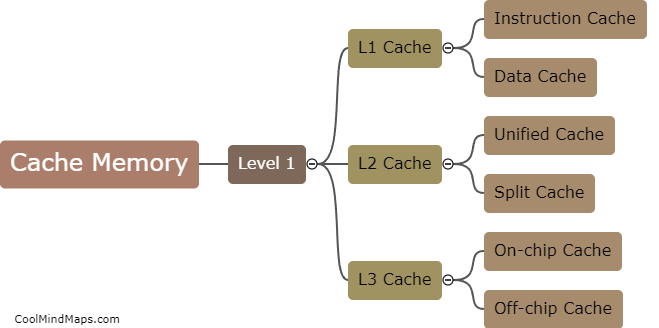
This mind map was published on 29 November 2023 and has been viewed 86 times.
